Twenty years ago there was general agreement that a failure of imagination left America vulnerable to the unprecedented attacks of September 11. No one the day before that awful day could have foreseen using airplanes full of people as a weapon of terror. The terrorists’ imagination, it seemed, had advanced beyond the intelligence community’s.
Today, it is natural calamities–resulting in death, injury, economic hardship, and monetary loss–that are advancing at a pace seemingly faster than what we are able to–or perhaps willing to–address. People in places like Paradise, California, stand in stunned anguish in front of their burned-out homes; across Texas many lives were lost in a winter storm this past February. Economic losses are in the billions of dollars.

Now, as September gets under way, upwards of 1 million people in Louisiana are without electricity as a result of Hurricane Ida. The local investor-owned utility, Entergy, said that the August 29 storm brought “historic” wind speeds to south Louisiana, and resulted in “catastrophic” damage to its grid. Its transmission lines into New Orleans were knocked out of service, along with some 2,000 miles of transmission and local distribution lines.
The storm was historic, but its punishing effects should have been expected. After all, Entergy New Orleans went through a Chapter 11 bankruptcy reorganization as a result of the damage caused by Hurricane Katrina, which struck the state 16 years to the day before Ida made landfall.
Recall that several weeks after Katrina, in September 2005, Hurricane Rita struck the Louisiana coast and did significant damage to Entergy’s transmission system. The city of Houston narrowly dodged a bullet after lines that served its water utility were damaged.
The “historic” and “unprecedented” arrival of storms continued. Superstorm Sandy struck the Northeast in 2012 with devastating consequences. Hurricane Harvey stalled over Houston for days in 2017, where it dumped torrents of rain and was blamed for as many as 100 deaths.
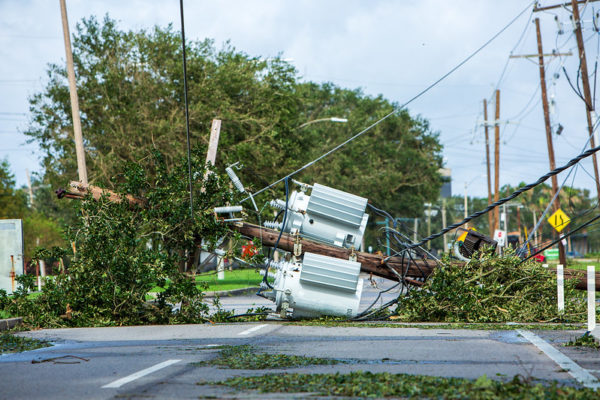
Hurricanes Irene and Maria tore through the Caribbean also in 2017, all but wiping Puerto Rico’s electric power grid off the map. Puerto Rico’s power outage lasted 11 months and the island territory–and its U.S. citizens–has yet to fully recover.
Further warnings of the perils climate change poses to the electric grid include the seemingly never-ending fire season in the West. Some of the fires have both been started by utility equipment and then consumed utility assets, along with thousands of homes and businesses. Skies across the U.S.this summer have been tinted by smoke from western fires.
A near-master class in hubris was offered by Texas this past February when a winter storm crippled the state’s electric grid; the storm came exactly a decade after another February winter storm crippled the electric grid. Recommendations that followed the 2011 storm on how to winterize electric generating stations were largely ignored.
And this is not a 21st century phenomenon. The Northeast suffered blackouts in 1965 and 1977. More than 1 million Hydro-Quebec customers lost power in 1998 after an ice storm. And in March 1989, the same system suffered an hours-long blackout due to a solar storm.
The conscious act of responding the same way to disaster after disaster while expecting a different outcome may be seen as some as bordering on insanity. After all, the electric power grid gets knocked in a disaster and is rebuilt. Another grid disaster, another rebuilding project. Disaster, rebuild. Repeat and repeat.
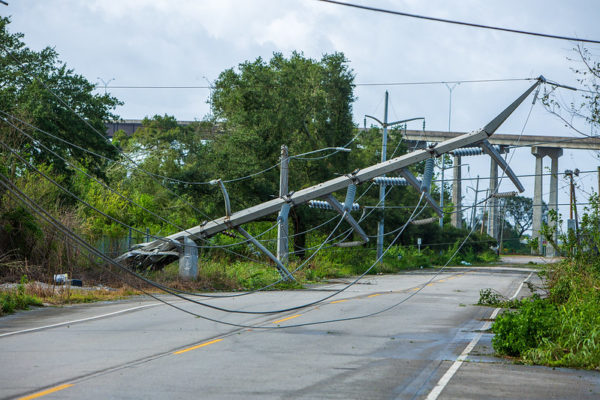
Image: Entergy
We need to rethink our energy future to more nimbly adapt and adjust to the realities of climate change and catastrophic events. We need to start by scrapping our surprise and acknowledging that these events are “everyday” and “all too common.”
We also need to move away from the idea of centralized power generation and embrace instead microgrids with islanding capabilities. In that way, rather than have hundreds of thousands of people without power, Louisiana might instead be addressing a far smaller number outages that can more readily and rapidly be addressed.
For a guide to what is possible, look no further than the work that the Smart Electric Power Alliance and others did to prepare a plan to rebuild Puerto Rico’s electric power network in a more resilient and reliable way.
I wonder whether either solar or wind would have done very well in 150 mph winds. But I note, too, that the photo near the top of this article shows an intact roof that can be seen behind the toppled electrical pole. With solar on the roof of that structure, it’s likely that people living in that building would have their lights on today.
Make improvements to the roofs of schools, fire stations, and other public buildings so they can accommodate solar. These can become places where people can go to recharge cell phones, store medicine in refrigerators, and access online resources to help them start the recovery process.
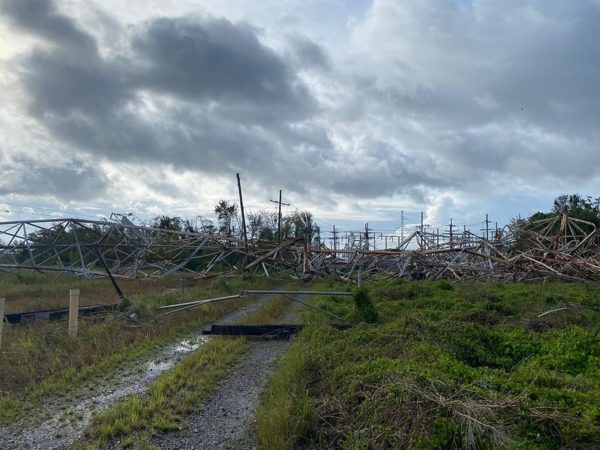
Battery storage increasingly is a viable option. And small modular reactors–which are largely modeled on reactors that have been powering the Nuclear Navy for decades–could offer a carbon-free baseload backbone to just this sort of microgrid.
An electric grid that was an engineering marvel has proven to be vulnerable starting in the 20th century and now is failing us in the 21st.
Billions of dollars will be spent in the aftermath of Hurricane Ida to rebuild Louisiana’s grid, just as billions are being spent in the West. The result will be a grid that remains vulnerable to a known–and inevitable–climate threat. Our failure to respond differently to this threat is not owing to a lack of imagination, or even insanity. Chalk it up to inertia; that’s almost worse.
As we reflect on the 20th anniversary of 9/11, we need to recognize the parallels that exist today in terms of existential threats and the human cost that results from our failure to adapt. We need to act decisively to protect our families, our neighbors, and our way of life from the threat that is at our door.
This content is protected by copyright and may not be reused. If you want to cooperate with us and would like to reuse some of our content, please contact: editors@pv-magazine.com.
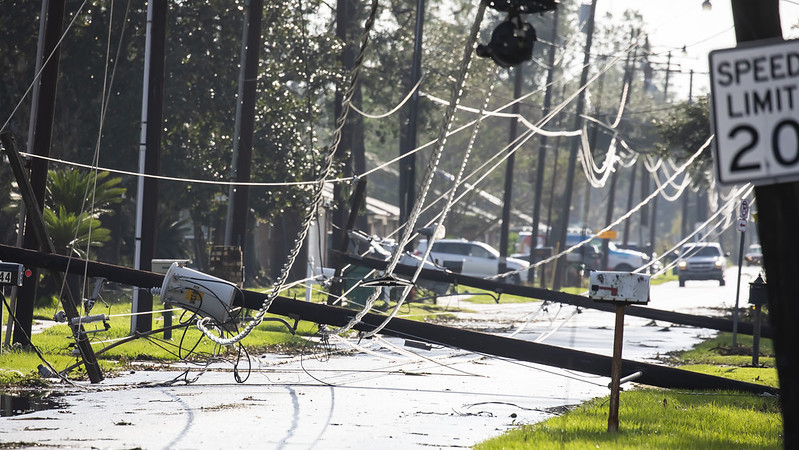
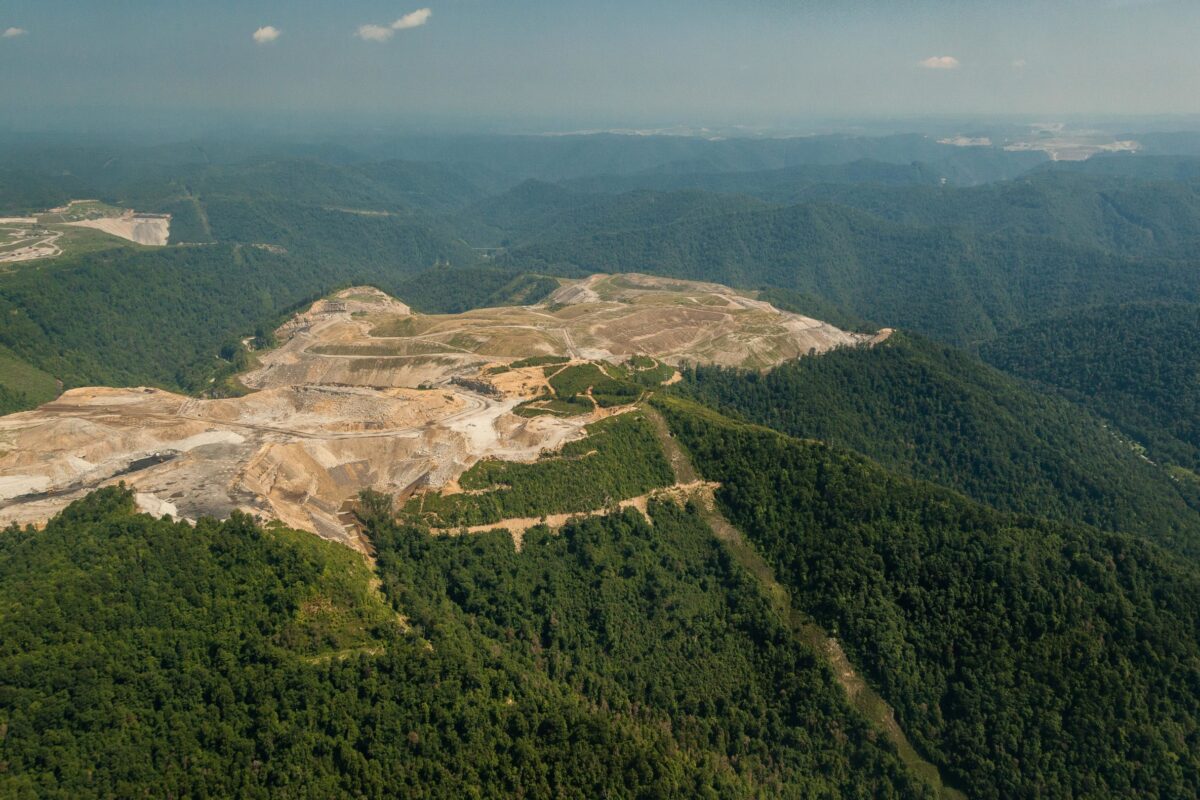




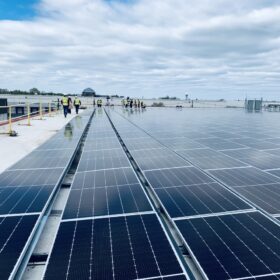

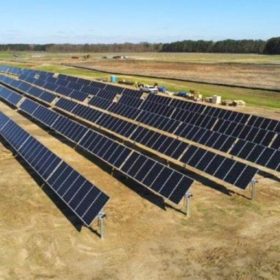
“We also need to move away from the idea of centralized power generation and embrace instead microgrids with islanding capabilities.”
Absolutely, we do!
But can entrenched interests be uprooted so we can move forward? Or will the fossil fuel industry and electric utilities continue to fight common sense and the common good and maintain the status quo to line their own pockets?
Having grid tied solar PV surviving on your roof won’t get you too far. Virtually all these systems produce nothing when the grid is down.
Storage could be a useful tool and is becoming increasingly economic. The cost gap starts to close when we consider the cost of repairing the existing grid with the cost of shutting down a region for days if not weeks. The Gulf Coast has an outsized impact on the rest of the country given the petrochemical and oil and gas industries that are centered there.
Storage would be useful as long as it isn’t grid storage since the grid would be inoperative. Home storage would be useful if your rooftop solar could charge the battery when the grid is down.. Can the usual grid tied solar charge batteries with an inoperative grid? Otherwise a single charge on a 13 kWh powerwall wouldn’t even power an average days energy needs. Of course, if all EVs were required to have Vehicle to Load capabilities EV owners would have 60 or more kWhs available to them…..and they could recharge by driving to a charging station.
You can get hybrid or islanding inverters that can run your house from your solar panels and batteries when the grid goes down. And these inverters still allow you to send power to the grid when the grid is up if your panels are generating excess. Or you can get an off-grid inverter and either be totally off-grid all the time, or you can have it on a transfer switch that allows you to use the grid or use solar & battery power when the grid is down but it doesn’t ever allow sending power back to the grid.
Dan
Yes, these types of inverters exist, I have one on my system. Most, almost all, systems that I see being installed use simple (cheap) grid tie only inverters.
Another type of “inertia”: putting solar on your roof for purely financial reasons